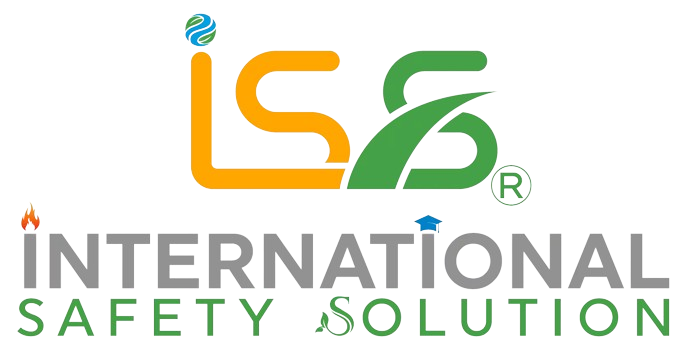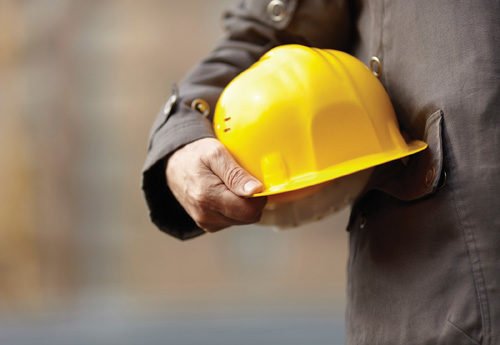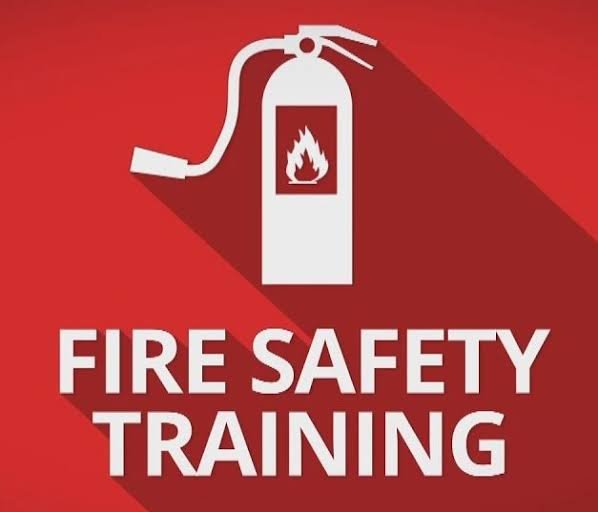Introduction
In a world where safety is paramount, personal protective equipment (PPE) plays a crucial role in safeguarding lives across various industries. Among these essential safety tools, the safety helmet stands out as a key component in the realm of international safety solutions. These sturdy headgear items have evolved significantly over the years, offering a multitude of benefits that extend far beyond simple head protection. In this blog, we’ll explore the significance of safety helmets and their contributions to global safety solutions.
The Evolution of Safety Helmets
Safety helmets have come a long way since their inception, and today, they are engineered to meet rigorous safety standards. Historically, hard hats were initially designed for construction workers to protect against falling debris, but their applications have expanded across numerous industries. Modern safety helmets are lightweight, durable, and engineered to cater to specific workplace hazards.
Benefits of Safety Helmets
- Head Protection: The primary and most evident benefit of safety helmets is head protection. They shield workers from potential impacts, falling objects, and even electrical hazards. In construction, manufacturing, and industrial settings, head injuries can be catastrophic, making helmets an essential component of safety.
- Improved Visibility: Many safety helmets come with features that enhance visibility. Reflective strips, high-visibility colors, and built-in lights or headlamps contribute to worker safety in low-light or high-traffic environments.
- Reduction of Noise and Vibration: Certain industries expose workers to high levels of noise and vibration. Helmets with noise-cancellation or vibration-damping technologies help reduce the long-term impact of such exposures, improving worker comfort and safety.
- Comfort and Ergonomics: Today’s safety helmets are designed with comfort in mind. Features like adjustable suspension systems, padded interiors, and ergonomic designs ensure that workers can wear them for extended periods without discomfort.
- Compatibility with Accessories: Safety helmets are versatile and can accommodate various accessories such as face shields, earmuffs, communication systems, and more. This adaptability allows workers to customize their helmets for their specific needs.
- Respiratory Protection: In certain industrial settings, helmets can be equipped with integrated respiratory protection, filtering out harmful particles and gases. This is especially crucial in environments with airborne contaminants.
- Durability and Longevity: Quality safety helmets are built to withstand harsh conditions and provide long-lasting protection. They are resistant to wear and tear, ensuring that they remain effective throughout their lifespan.
- Compliance with Standards: International safety standards for helmets, such as ANSI, EN, or CSA, ensure that these safety tools meet specific criteria for protection. Compliance with these standards is critical for maintaining a high level of safety across industries.

International Safety Solutions
In the global landscape, safety helmets play an integral role in creating a safer work environment. Many international organizations, such as the International Labor Organization (ILO) and the Occupational Safety and Health Administration (OSHA), promote and regulate the use of safety helmets to reduce workplace injuries and fatalities. International safety solutions often include guidelines and standards for PPE usage, which include the appropriate selection and use of safety helmets.

Conclusion
Safety helmets are not just a simple piece of gear; they are a cornerstone of international safety solutions. Their evolution from basic hard hats to sophisticated protective equipment has contributed significantly to worker safety across various industries. By offering head protection, improving visibility, enhancing comfort, and accommodating a range of accessories, safety helmets are essential tools for safeguarding lives in a world where safety is of utmost importance. International standards and regulations continue to drive the development and usage of these helmets, ensuring that they remain a key component of global safety solutions.




